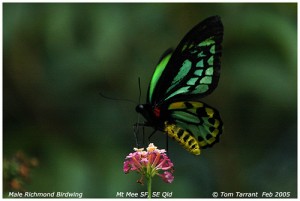Rats of spring
In Ronald Strahan’s revised edition of The Mammals of Australia, C. H. S. Watts describes the Plains Rat as among “the loveliest of Australian rodents”. While its loveliness might be in the eye of the beholder, it’s certainly among the most tenacious, being adapted to some of the driest, most inhospitable country: the stony gibber deserts and cracking clay soils of the Lake Eyre Basin.
There, it can survive without drinking, obtaining water from food starches, aided by its highly concentrated urine and absence of sweat glands. During the day, colonies shelter from predators and the intense heat in complex burrow systems that can be more than 40 kilometres long, yet separated from each other by only a matter of metres, interconnected by runways on the surface.
Not that water is a problem for the plains rat right now. Surveys at Andado Station, a cattle property in the south-east of the Northern Territory abutting the western edge of the Simpson Desert, are showing a spike in numbers following unseasonal winter and spring rains. And it’s places such as Andado, and animals like the plains rat, that are helping prompt a rethink of how we might save what is left of our desert fauna.… Read more..
